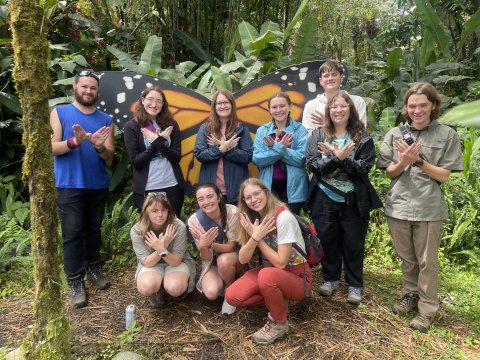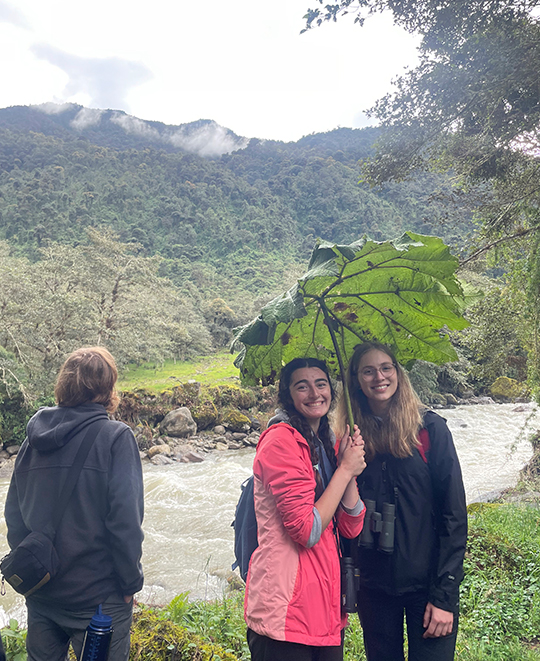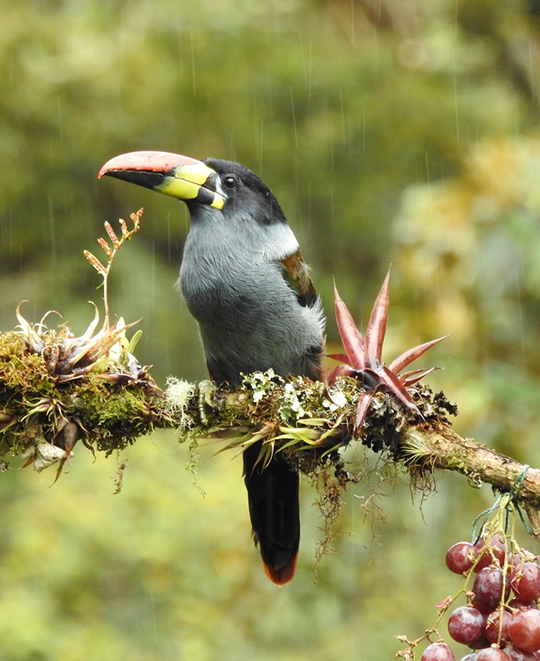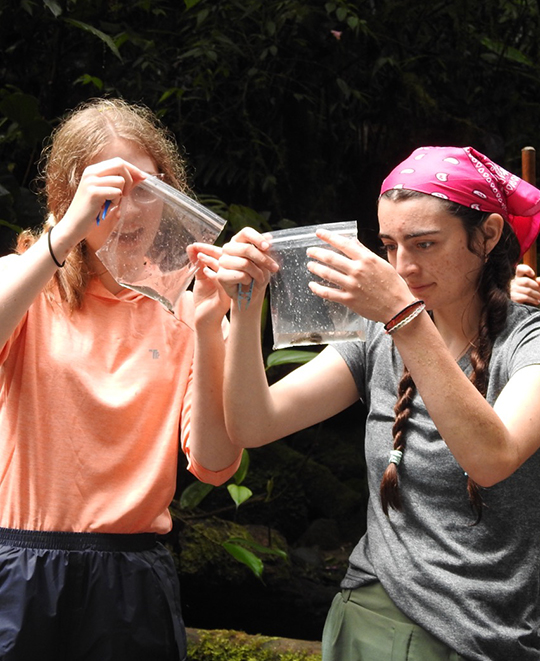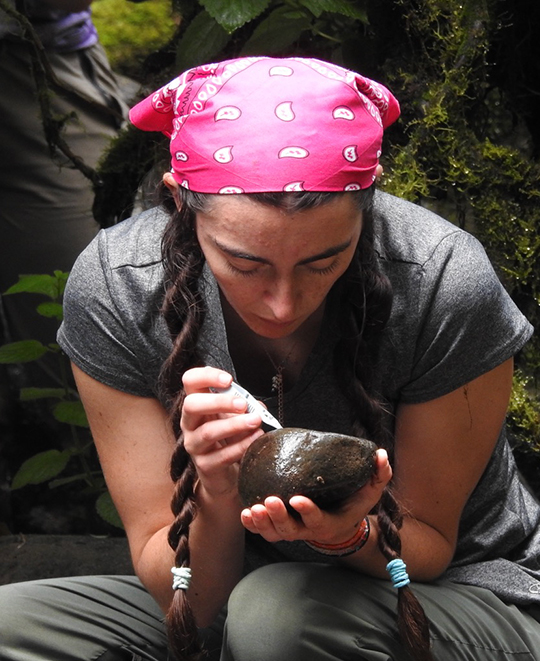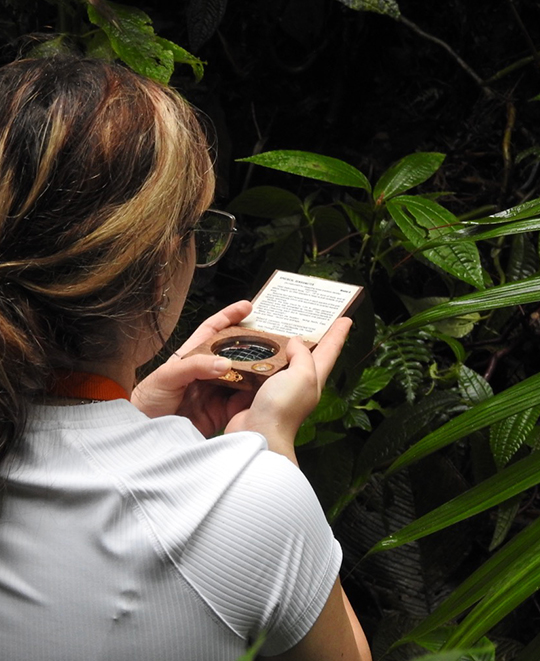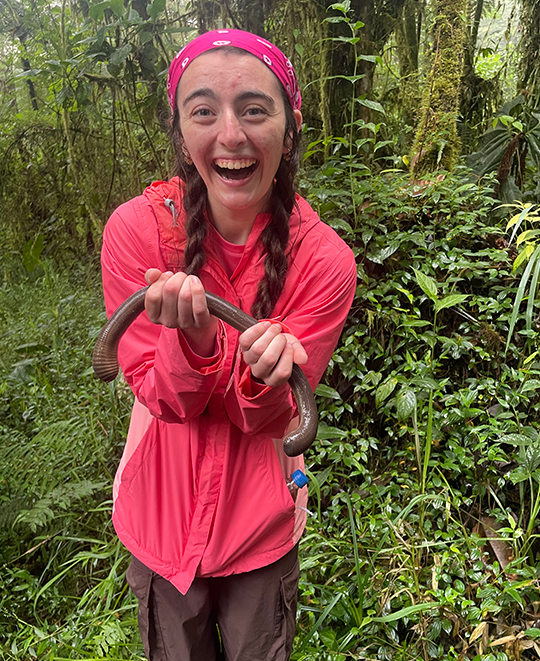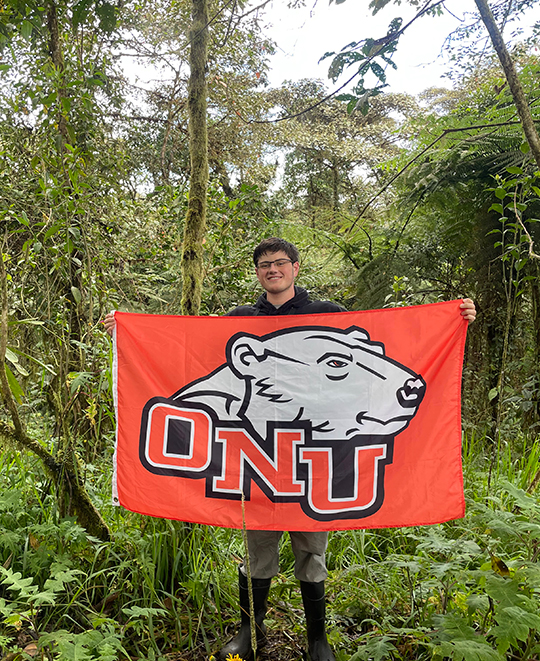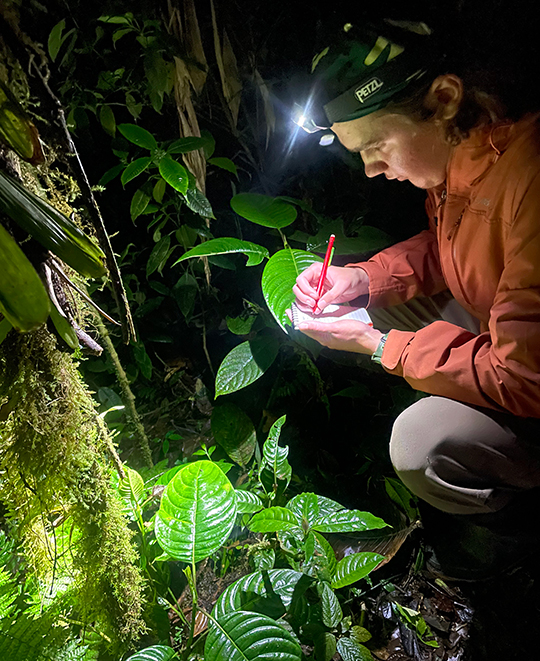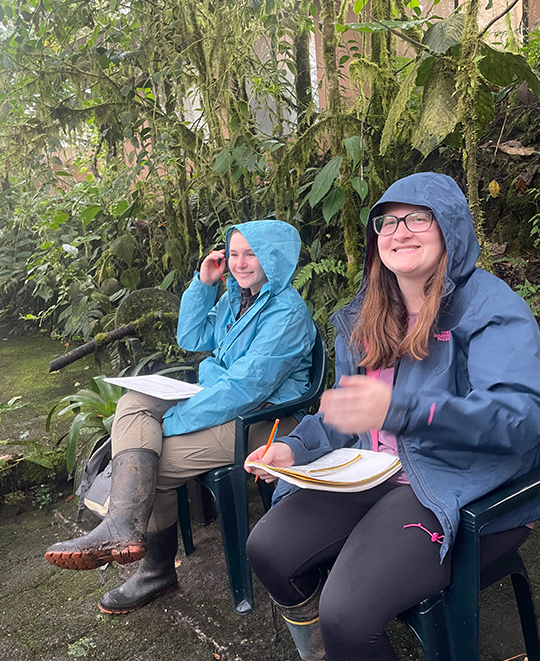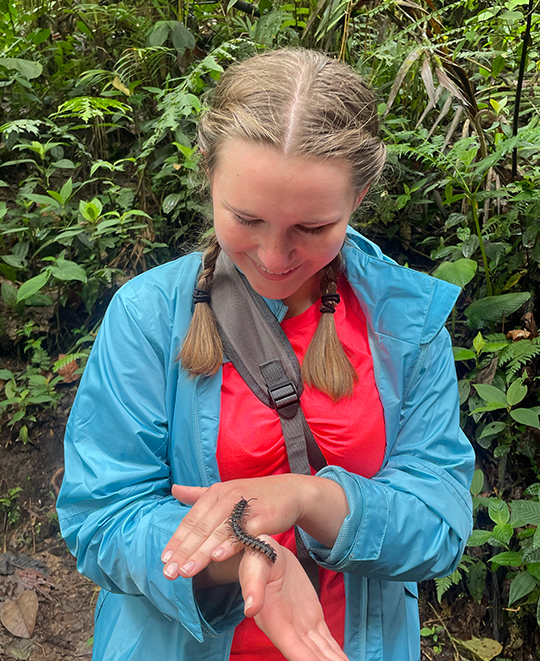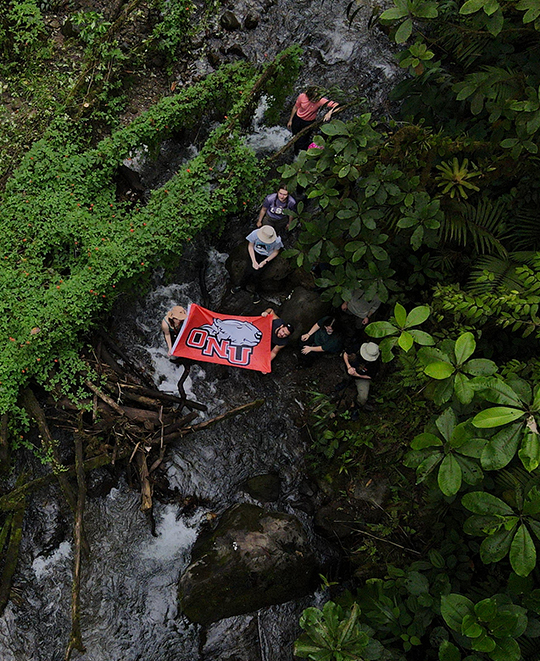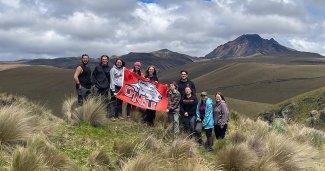
“What was your ‘wow’ moment?”
That was the question posed to Cora Neville and other Ohio Northern University students during a course trip that took them deep into the cloud forests of Ecuador in June.
“We started listing and listing, and honestly, every minute was a ‘wow’ moment,” said Cora, an environmental and field biology major.
“But if I had to pick just one, it was confirming my love of tropical areas and getting to conduct research in that environment with an amazing group of people,” she added.
Cora was one of 10 ONU students who spent two weeks in Ecuador studying biodiversity and conservation with Dr. Kat Krynak, associate professor of biology. The course, Tropical Biodiversity Conservation, took students into the heart of one of the world’s most unique and threatened ecosystems— the Chocó.
This is the third time Krynak has led the course and trip abroad for ONU.
The idea for the course grew out of her own transformative experience as a young biologist. While working as a zookeeper at the Cleveland Metroparks Zoo, she went to Panama to study the golden frog, a species devastated by a pathogen threatening to destroy the whole genus, amphibian chytrid.
“I wasn’t there to study culture or learn more about myself,” she said. “I was there for the frogs, but the experience afforded so much more. I’m hoping for that kind of experience for my students.”
Krynak went on to do graduate work at Case Western Reserve University before joining ONU’s faculty. Over the years, she did further research in Panama and later in Ecuador with her husband, Tim. Together, they helped to found Las Gralarias Foundation, a non-profit foundation that supports the conservation of Ecuador’s cloud forest, environmental education, and biodiversity research.
During the course, ONU students spent one week conducting field research at the 1,600-acre Reserva Las Gralarias and another week traveling through the mountains from the western to the eastern slope gaining broader exposure to the country’s diverse landscapes, beautiful culture, and conservation challenges.
The Chocó cloud forest, geographically seated within the Andes mountains, hosts an extraordinary variety of species—many found nowhere else on Earth. From brightly colored birds to elusive frogs and orchids clinging to misty tree limbs, the setting provided a living laboratory for student research.
Each student designed and implemented an individual research project while at the reserve.
Maggie Kurtz, also an environmental and field biology major, researched hummingbirds, observing their interactions at feeders to study competition and aggressive behavior between species.
Cora studied tanagers, brightly colored, sparrow-sized birds, exploring how different species utilize varying levels of the forest canopy when traveling in mixed flocks.
Back on campus, the students will analyze their data and share their findings at the ONU Research Colloquium through posters and presentations.
“I could not be more proud of them,” Krynak said. “They were genuinely excited for every opportunity and spent every waking hour taking it all in. It was awesome.”
The course also exposed students to the environmental challenges facing local communities. As in the U.S., agriculture and residential development are impacting open space and decreasing biodiversity.
Deforestation, in particular, is an issue in Ecuador.
The local economy is made up many small family dairy farms, which need open grazing land, Krynak explained. In addition to feeding their families, the farmers also need to expand operations to afford refrigeration and other infrastructure to meet the standards of the large companies that buy their milk.
Despite challenges, the people of this rural region of Ecuador are doing their best to protect the habitat around them, she added.
“They do so much with so little,” Krynak said. The Krynaks work closely with scientists, educators, and researchers in Ecuador. “The only way conservation really works is if you work with the local community,” Krynak explained.
Maggie uses the word “magical” to describe the learning experience.
“I think Ecuador genuinely brought out the best versions of all 10 of us that went. I think if any other Polar Bear wants to go on this trip, they should because it will be the best two weeks of their lives.”
